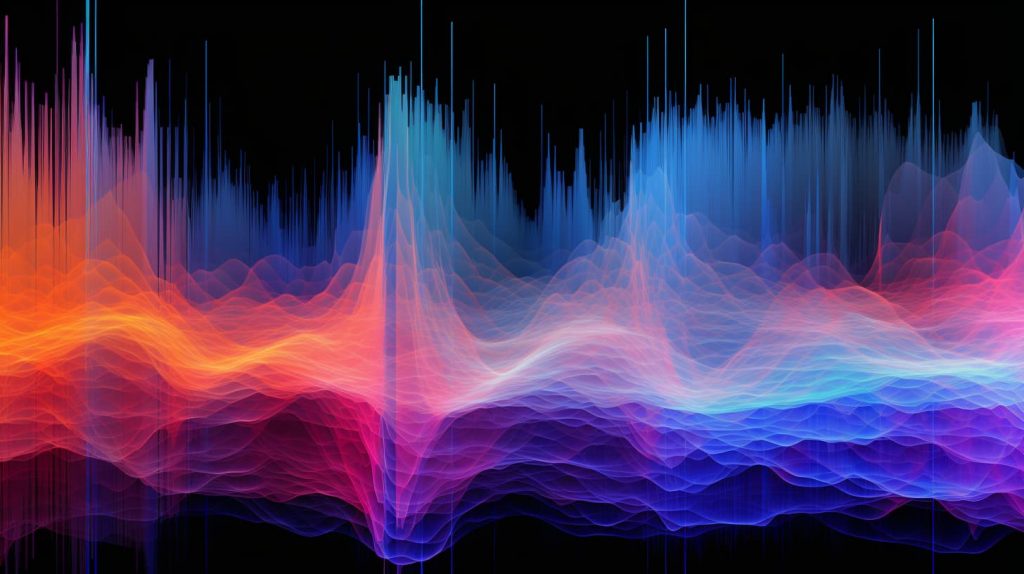An audio spectrogram provides an intuitive representation of the frequency spectrum of an audio signal as it changes over time. For a segment of audio data over a period of time, it can be abstracted into a finite-length audio spectrogram. An audio spectrogram has a 2D representation, which can be visualized as a flat image.
Audio Spectrogram Introduction
- Definition: An audio spectrogram is a visual representation that shows how the frequency content of an audio signal varies over time.
- Importance: It offers an intuitive way to understand the frequency components of audio, such as distinguishing between different sounds or speech patterns.
Representation of Audio Spectrogram
- Finite-length abstraction: For any given segment of audio data that spans a certain duration, you can generate a corresponding audio spectrogram.
- 2D representation: This spectrogram can be visualized as a two-dimensional image, where one axis represents time, the other represents frequency, and the intensity (or color) indicates the amplitude or presence of a particular frequency at a specific time.
Linking Audio to the Visual Domain
- Reason: Since audio spectrograms can be visualized as images, researchers are exploring ways to apply techniques originally designed for images (from the visual domain) to audio data.
- Examples:
- AST (Audio Spectrogram Transformer): This method uses a Transformer architecture, similar to the Vision Transformer (ViT) used for images, to process audio spectrograms.
- Segmenting into patches: Just as images can be divided into smaller patches for processing by the ViT, audio spectrograms are also segmented into patches. This approach allows for effective encoding of audio information.
Freezing Encoders & Reducing Computational Costs
- Inspiration: Some researchers have been inspired by techniques that “freeze” encoders (i.e., fix their parameters without updating them during further training) to save on training time and computational resources. such as “X-LLM: bootstrapping advanced large language models by treating multi-modalities as foreign languages” and “Video-llama: An instruction-tuned audio-visual language model for video understanding“.
- Alignment with Other Modalities: These researchers aim to align the encoding of audio data with the encoding of data from other modalities (like text or images). To achieve this, they introduce a “learnable interface layer” – a layer in the neural network that can adapt its parameters during training to best bridge or translate between different types of data.
Overall Goal
The overarching goal is to develop methods that can effectively process and understand audio data, particularly audio spectrograms, by leveraging techniques and architectures that have been successful in the visual domain. By doing so, researchers hope to create more efficient and powerful systems for audio analysis and other related tasks.
Conclusion
In short, This article briefly discusses the exploration and application of visual processing techniques, especially those used in Transformer architectures, to the domain of audio, specifically audio spectrograms. The aim is to harness the power of these techniques to enhance the processing and understanding of audio data.



